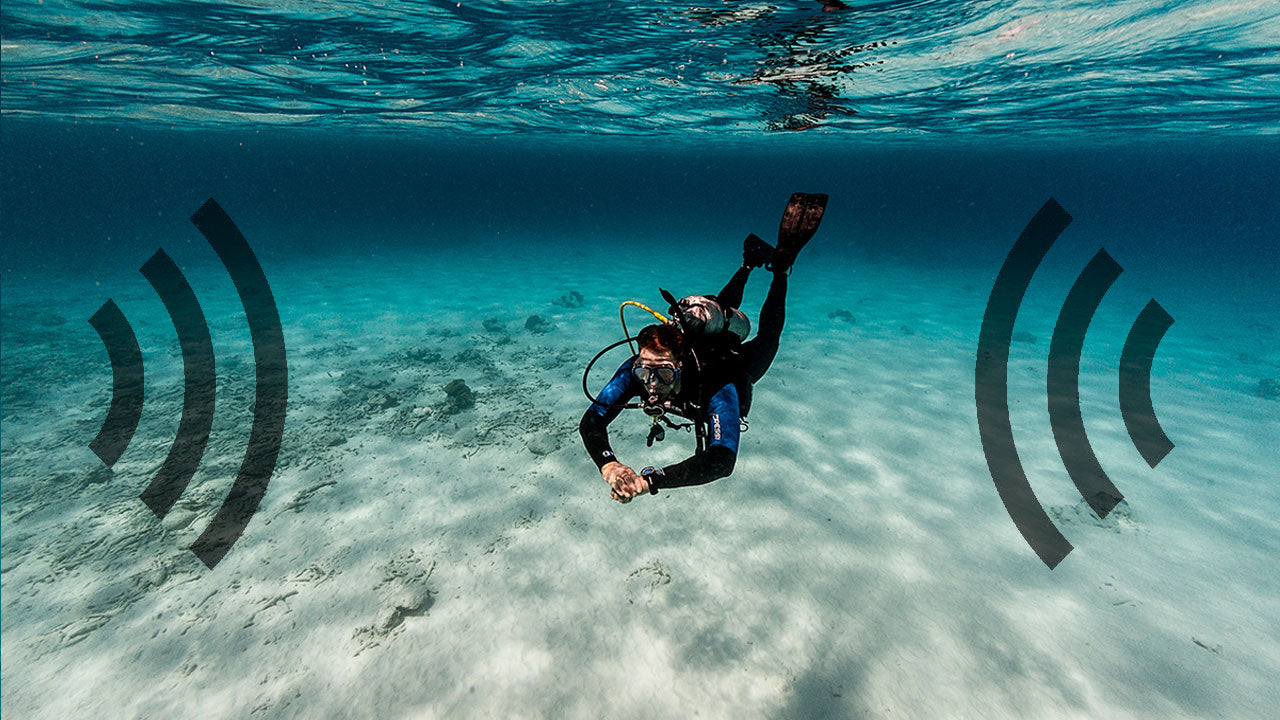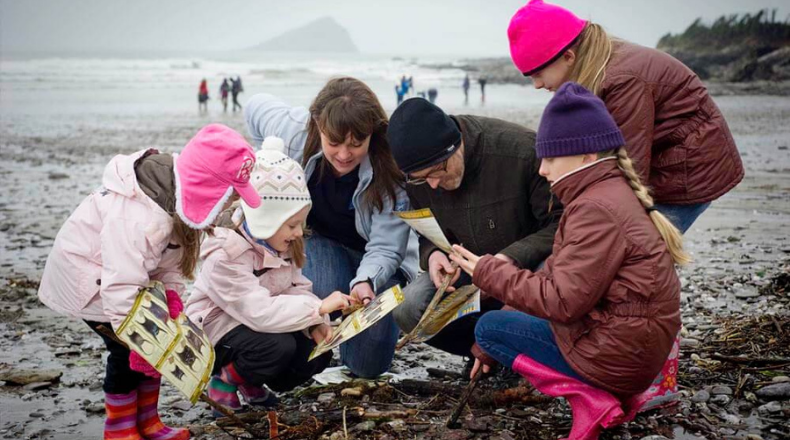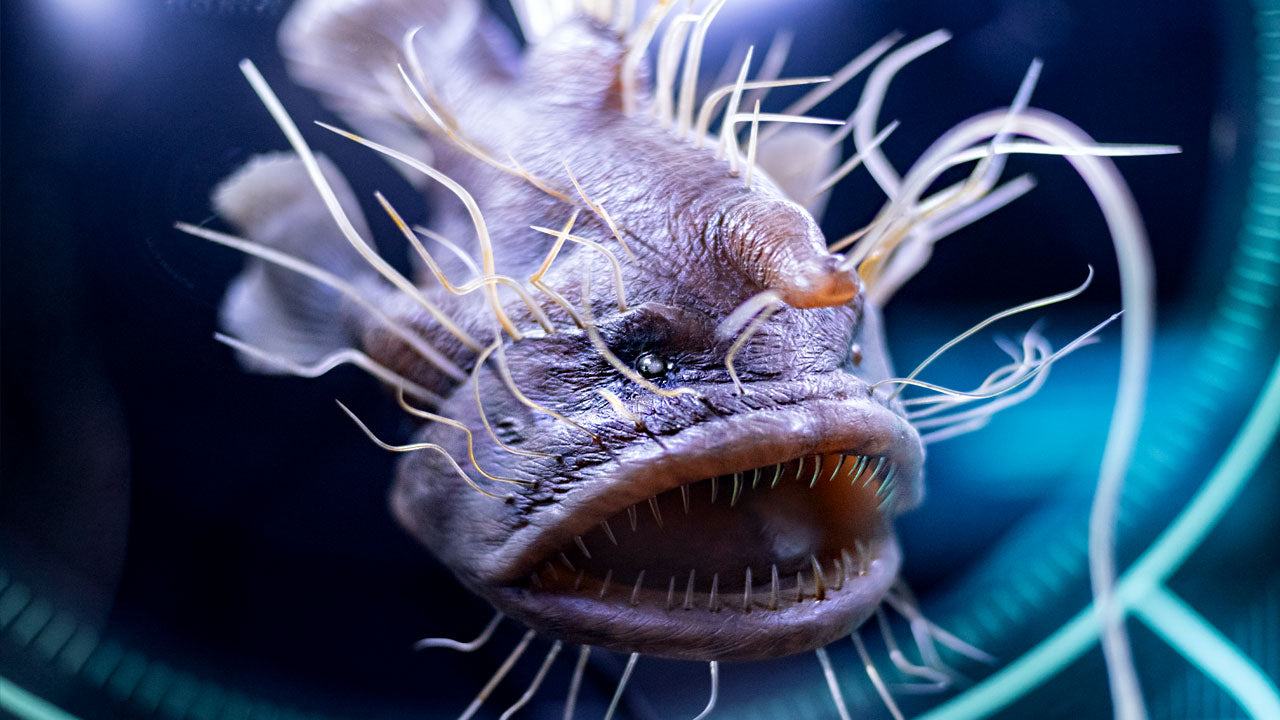Fun Facts About Hermit Crabs

Hermit crabs are fascinating little critters with quite a few surprises. These crustaceans belong to the superfamily Paguroidea. There are 7 different families and around 1100 species of hermit crabs living in many places around the world. All hermit crabs can be divided into two groups - aquatic and terrestrial. Interestingly, members of both groups breathe using gills. Aquatic hermit crabs get their oxygen from the water, while land hermit crabs need a humid environment to keep their gills moist. Marine hermit crabs can be found both in shallow coastal waters and in the deep sea.
Identity Crisis
Despite their name, hermit crabs are not solitary creatures. They live in large colonies of 100 or more animals, where they often sleep piled up together and can even collaborate in teams to find food. In fact, hermit crabs are not true crabs either. They are more closely related to squat lobsters, which are not themselves true lobsters.
Peculiar Anatomy
As for the hermit crab anatomy, most species have soft, spirally curved abdomens (unlike the hard, calcified abdomens seen in related crustaceans), two pairs of antennae and five pairs of legs. The first pair of legs is modified to form chelae, or pincers, the second and third pairs of legs are used for walking, while the shorter fourth and fifth pairs help to grip the central column of the salvaged empty shell, which the animal uses to protect its softer body parts from predators and environmental elements.
Orderly Shell Swapping
Although some species of hermit crabs can inhabit sections of plant stems, broken coconut shells, hollow cylinders of wood, or other similar objects, most prefer living in seashells.
As the crabs grow, they need to find and move into larger shells. Although hermit crabs usually don't steal shells that are already occupied, in the areas where suitable intact gastropod shells are a limited resource, vigorous competition can occur. A crab may fight or even kill a competitor to gain access to the shell it favors. At the same time, if the crabs, looking for a new home, vary significantly in size, the occurrence of fights over empty shells will decrease or remain nonexistent. Instead, it has been observed that crabs will form what is called “vacancy chains”. A series of individuals will line themselves up in order of size, waiting for hours sometimes, and as the largest crab moves to its new shell, each successive crab will enter the newly vacated one. Thanks to this brilliant strategy, every crab gets a new home, and no one gets hurt. You can watch this interesting phenomenon in the video below.
Multiple Occupancy
For some hermit crabs, finding a nice shell to hide in doesn’t seem to be enough, so they go one step further and develop a mutualistic relationship with anemones. Crabs attach anemones to their shells and, in some cases, even transfer them from shell to shell when they move house.
The anemones’ stinging tentacles help to deter predators. The crab can also place an anemone on top of cracks or weak spots in its shell for additional protection. Plus, anemones make for amazing camouflage among the rocks and corals. In return, the sea anemone gets scraps from the hermit crab’s meal and is transported to food sources. Sometimes, a hermit crab will also carry flatworms and amphipods, housing an entire traveling community on its back.
Diverse Diet
Hermit crabs are opportunistic omnivores that will scavenge, kill, browse and graze whatever plant or animal matter is available. Depending on where the hermit crab lives and how big it is, they may eat plankton, kelp, seaweed, small muscles, tube worms, tiny shrimp, sea horses, other crabs, dead fish, and squid.
Hermit Crabs as Pets
As you can see, hermit crabs are amazing creatures that can be really fun to watch, so it is not surprising that many people want to have them as pets. However, it’s important to know that hermit crabs are complex animals who need to be in the wild in order to be happy and healthy. They are not “starter pets” and even the most well-meaning person who purchases a crab will most likely not be able to give them the life that they deserve. Contrary to popular belief, hermit crabs need lots of space and friends. What’s more, the painted shells that crabs are often sold in are slowly poisoning these creatures. Finally, the hermit crab trade hurts wild crabs, too. Workers collect thousands of shells from the ocean every year in order to paint them and sell them with “pet” crabs. This deprives wild hermit crabs of homes that are often in short supply and contributes to what has been called the “hermit crab housing crisis”.
We encourage you to be responsible when choosing a pet and observe hermit crabs in the wild.




